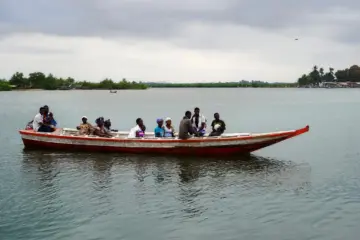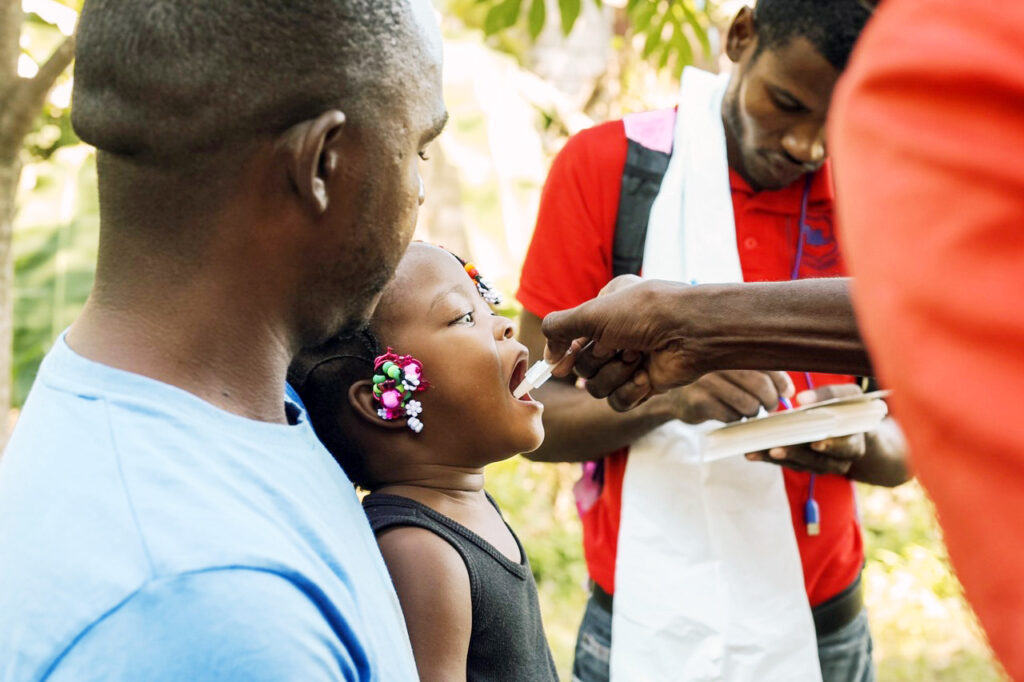Q&A: Filmmaker Tells Story Behind Bending The Arc—Now on Netflix
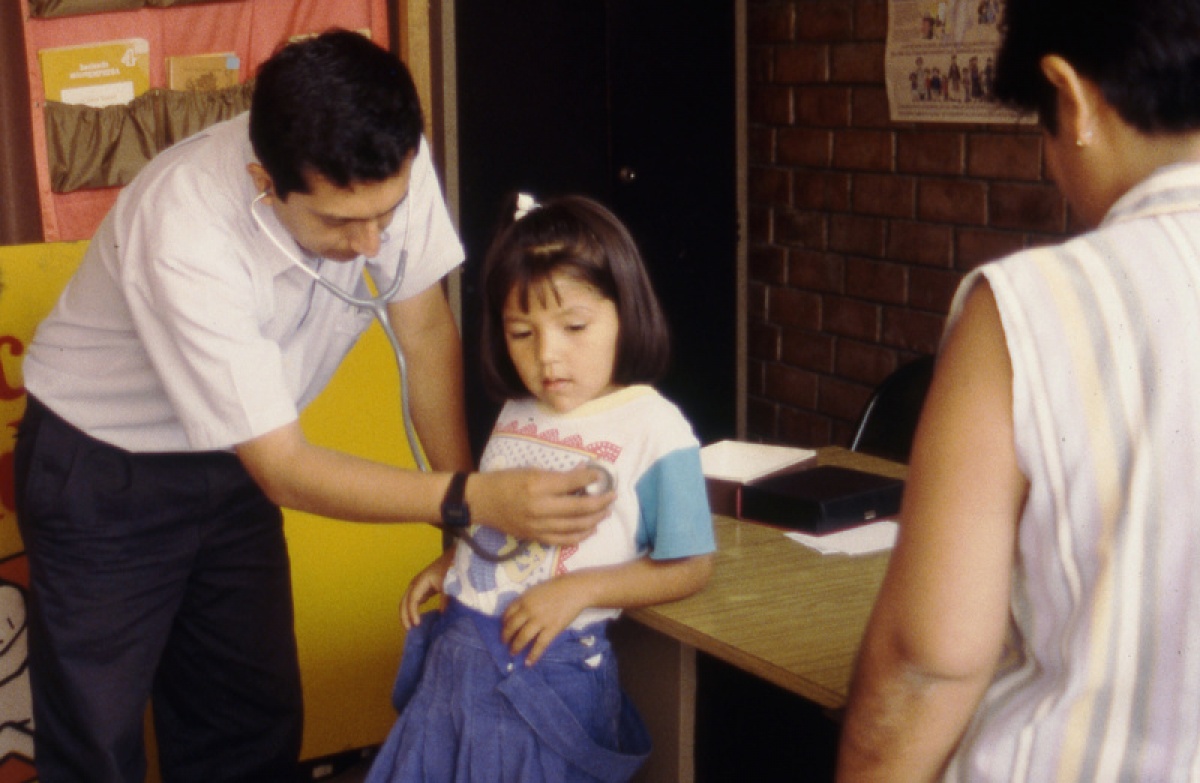
Cori Shepherd Stern shares memories, moments from award-winning documentary
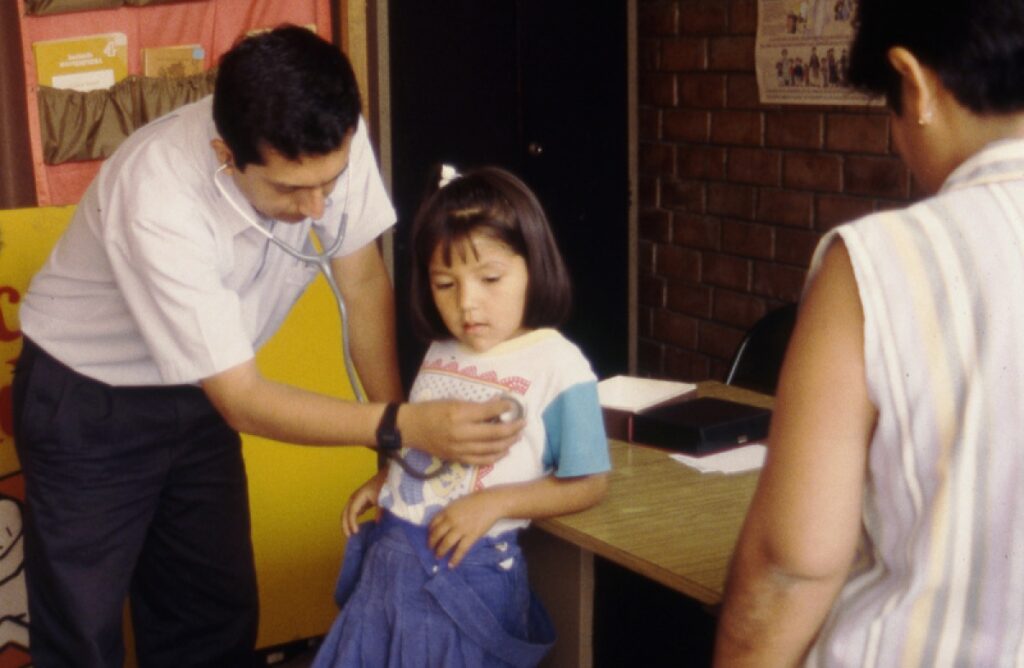
In a rural clinic in Cange, Haiti, Dr. Paul Farmer and Ophelia Dahl came to a troubling realization—people living in poverty were dying of preventable diseases. And it wasn’t because of lack of medicines on the market. It was because the international community had turned its back, essentially leaving them to die.
That was an outcome that these health care advocates and their future colleagues refused to accept. What began in Cange swelled into a global movement, and Partners In Health was born. From sounding the alarm about multidrug-resistant tuberculosis in Peru to launching the HIV Equity Initiative in Haiti, PIH leaders took their fight from the hospital to the halls of international organizations, calling for health care as a human right and inspiring millions around the world.
This extraordinary story is captured in Bending The Arc, a critically acclaimed documentary now available on Netflix. The film—directed by Kief Davidson and Pedro Kos—tells the story of PIH’s early years and the global movement for health equity and social justice. For an inside look at the film and its lasting impact, PIH sat down with award-winning writer and producer Cori Shepherd Stern.
Can you tell me about yourself and how you became interested in the story behind Bending The Arc—what drew you in?*
I was a television producer for a long time, was doing a lot of pop culture TV, and needed a break from it. I ended up going and working in Nigeria doing volunteer work muling medical supplies from the U.S., primarily HIV drugs. We would fill suitcases with them and take them over to Nigeria. The doctors there sorted the drugs and then gave the appropriate prescriptions, because people couldn’t get them in Nigeria. While I was doing that, I was increasingly interested in why this wasn’t available [in Nigeria] when it was available in the U.S.—what was the problem?
I read this article about the HIV Equity Initiative that Partners In Health was doing in Haiti. One of the authors was this guy, Dr. Paul Farmer. I was really struck by the common sense of what Partners In Health had done. That was my first introduction with Paul and the work, honestly.
Later, Mountains Beyond Mountains came out. I first reached out to Tracy Kidder. Then I reached out to Partners In Health to try to get the rights for a scripted film. And they said, ‘No.’ I reached out again. I just kept reaching out, like every few months. It took years. Finally they said they might be interested in doing a documentary. I brought Kief Davidson on board and we finally got PIH to agree that we could have the rights to make a documentary.
Can you talk about how the film narrative came together over the years of production? Did you know how it would turn out, or was it more a process of discovering?
January 2010 was the Haiti earthquake. We had plans to fly to Haiti that month, but we quickly moved those plans up. And I went to some friends – Desi Van Til, Sean Mewshaw, Heidi Lindeleof, and Damon Lindelof – and said, ‘Look, I know this is last minute – but this is an incredible story. We need to fly to Haiti, like, tomorrow. Can you come on as our first Executive Producers and give us the money to do this?’
We were on the ground for almost two weeks shooting during the midst of the quake. But we couldn’t really find the film. It was because Partners In Health isn’t about the acute emergency, right? It’s not about the acute emergency of COVID-19 or the acute emergency of the earthquake—it’s about the ongoing chronic emergency of global health inequity.
It wasn’t until we were in Rwanda and I was with Paul and [Dr.] Agnes [Binagwaho]. They gave a talk at Rwinkwavu Hospital about global health equity and about the journey of Partners In Health from Haiti to Rwanda. And it was the structure of the film, basically what ended up on screen. It was like, ‘This is what the film is.’ I just heard it. It was incredible.
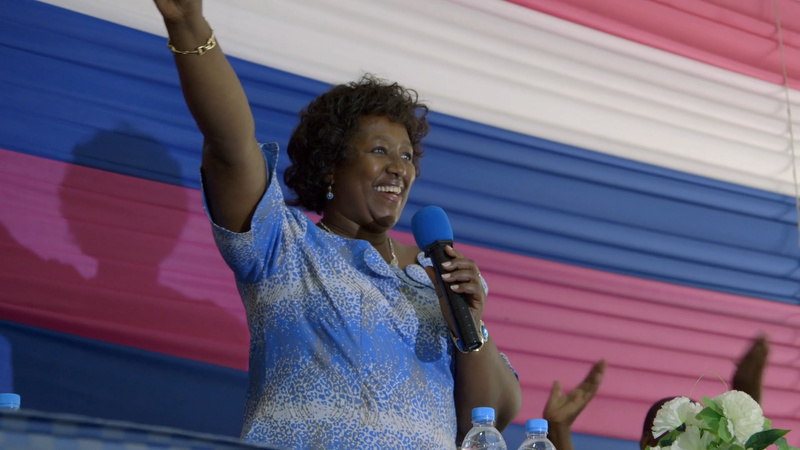
What are some of your fondest memories from this project?
One really important moment in the film for me was Ebola—we got that on camera and people have asked me, ‘Was that staged? Is that real?’ When Agnes got that call, that was real. That blew me away that we had that moment on camera of her actually getting the call about Ebola. It was a crucial moment.
Another moment was when I showed a cut of the film to Paul for the first time. We were at [PIH co-founder] Todd [McCormack]’s house and I showed it to Paul and Ophelia and everybody. They loved it. But Paul was like, ‘You missed it—you missed the ending. You’ve got to change the ending.’ Paul knew we had to put Mirebalais in the ending. And he was exactly right. To really bring the story full-circle, we had to put the new hospital as the ending.
In the production notes, you talk about how your team filmed in disaster zones, operating rooms, and a historic blizzard. What were some of the unique challenges you faced while filming?
We began filming just days after the earthquake in Haiti. It was an extremely traumatic time for PIH and for all Haitians—and honestly the last thing we wanted to do was ask someone to let us put a mic on them and follow them around while they were dealing with such devastation. But it was important to capture the work of PIH during that time, so we tried to be as respectful as possible. From a sheer logistics standpoint, we were sleeping in tents (and were grateful to have them) and trying to charge our camera batteries with generators.
Sound was also a constant issue. In film, if your shot gets messed up you can possibly cover it with other footage—but if your sound is bad, you’re completely out of luck. So we had to do everything we could to make sure we had clear, clean sound recordings. In Haiti, the roosters crowed constantly and we had to try to block the sound using mattresses propped up against the windows and doors. We flew from the heat in Haiti straight into the worst blizzard week in Boston—where the heating system kept kicking in and ruining our sound.
Out of all the places we shot, Rwanda was our absolute best because there’s a state-of-the-art studio there called ADMA that we were able to use. It was beautiful with all of the best equipment. We used a wonderful Rwandan crew, as well.
And since the film covers 30 years of PIH’s work, that meant you had to go into the archives for a lot of the material. How did you gather this archival material and how did you decide what to use?
When we first started the film, we were given 13 photos and 30 seconds of footage and told that was the extent of the PIH archive. Paul insisted there was so much more, so we started digging. We contacted everyone we could find who had ever shot with PIH. Andrew Marx was invaluable in helping us get in contact with amazing filmmakers like David Belle and David Murdock, who had so much footage and really worked so hard to gather that footage in the early days of PIH. I also randomly met Fred De Sam Lazaro, a wonderful journalist, in a bar in England, who had shot with Paul and had great footage as well.
We finally got access to the PIH photo archive that had over 30,000 (not 13) photos in it, and it was like being in heaven for a filmmaker. And then, most importantly, I spent days and days at the Countway Library at Harvard digging through 50-odd boxes of archived material from PIH. We found some of our most incredible stuff there, including the tapes of the TB meeting that we included in the film. [Director] Pedro [Kos] and I danced around the library the day that we found those.
Our final and hardest piece of footage to find was the clip of Paul debating the World Bank guy—the “bankers must not be getting any sex” clip. We had heard that it existed—Tracey Kidder told us it did—but no one had a record of it anywhere. Finally, Tracey found it for us! It was on an old VHS tape tucked away in his cellar. We literally started cheering in the office when he called us and said he found it.
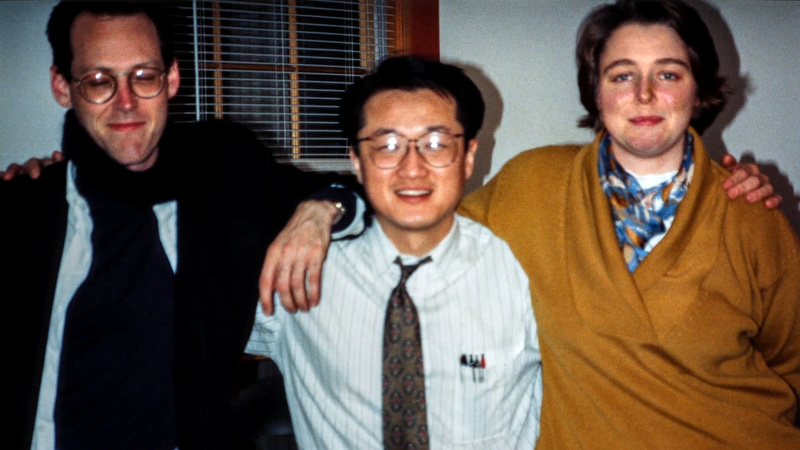
The film covers PIH’s decades of work with infectious disease outbreaks—ranging from multidrug-resistant tuberculosis (MDR-TB) to HIV/AIDS. Now, we find ourselves in the midst of a pandemic caused by another infectious disease, COVID-19. What aspects of the film do you think are still relevant today?
I think the film is particularly relevant today because it speaks to the idea that every life is worth saving and that it takes effort to do that, but it’s not impossible. I’m horrified that we’re just letting the death count tick by in the U.S.—over 200,000—and it doesn’t have to be this way.
If PIH could contain an MDR-TB outbreak in Peru that many years ago, surely we can combat COVID-19 right now in the U.S. It’s baffling to me that this country—with all of our wealth—is letting people die because we don’t have the will to put systems in place to save mothers, fathers, brothers, sisters. I’m grateful to the work that PIH is doing here in the U.S. to contact trace and make sure that we’re getting people the care they need.
The film ends with some powerful quotes—Paul Farmer tells us about the need to have hope and to reject despair and cynicism. And Jim Kim talks about “pessimism of the intellect and the optimism of the will.” What made you decide to end the film with these comments?
The idea that these are difficult problems but they do have solutions is the core of this story. PIH refused to look the other way and say, ‘It’s too hard, we can’t do it.’ It’s crucial to firmly counter the belief that it’s too hard to provide an equitable world, that it’s too hard to save someone’s life—when it’s a matter of will and imagination.
What was your hope for the film when you were writing and producing it, and has that changed or evolved in the years since?
My hope with this film was – and is – to have the world know the story of these people, who took on something very difficult but stayed committed to the fight and truly changed the world. And beyond that, for the story to serve as meaningful inspiration for others to truly commit to decency and humanity in their own lives and work.
What’s the one thing you hope that viewers—both those new to PIH and longtime PIHers—take away?
I hope people take away that just because something is hard, it doesn’t mean it’s impossible. And if you see it can be done, it’s your responsibility to do it. I know that’s radical to some people—but I do believe it is our responsibility to do everything in our power, to really push ourselves, to make this a more equitable planet for all of us.
*This interview has been edited and condensed
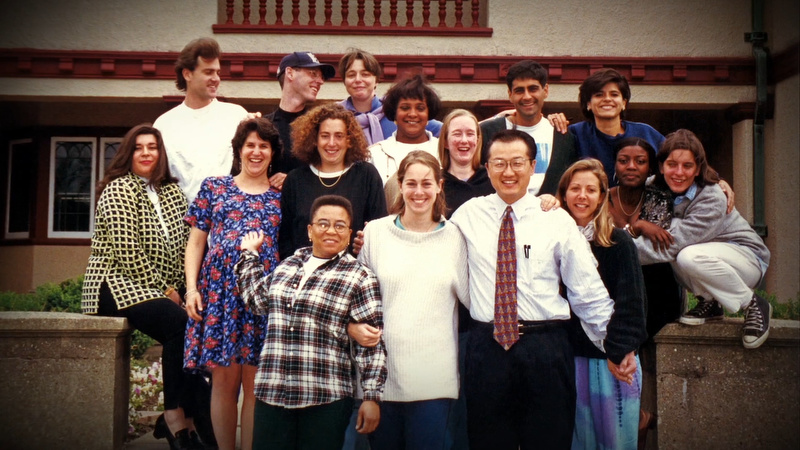
Article originally published on pih.org
Learn more about Bending the Arc and watch on Netflix today.
